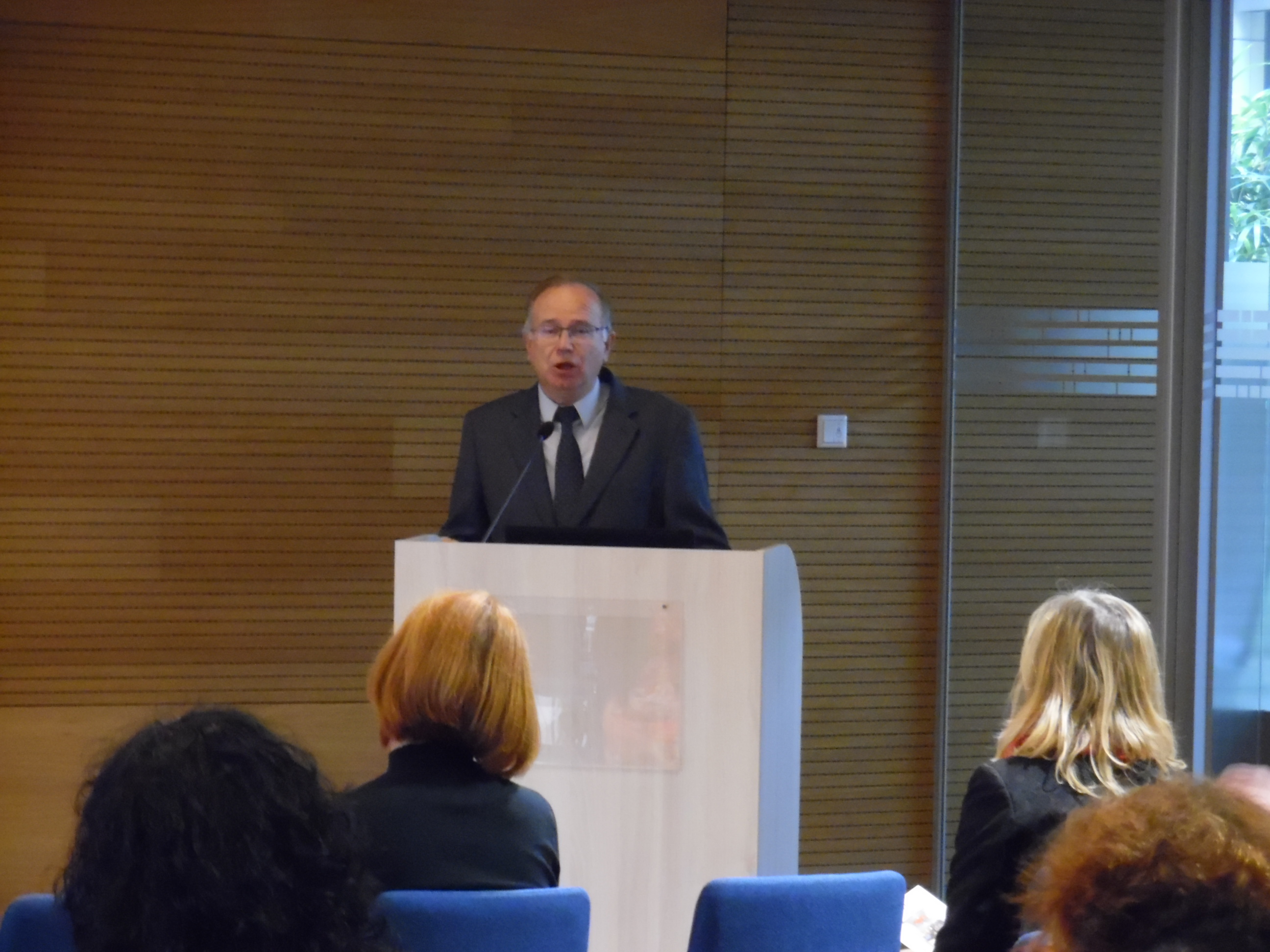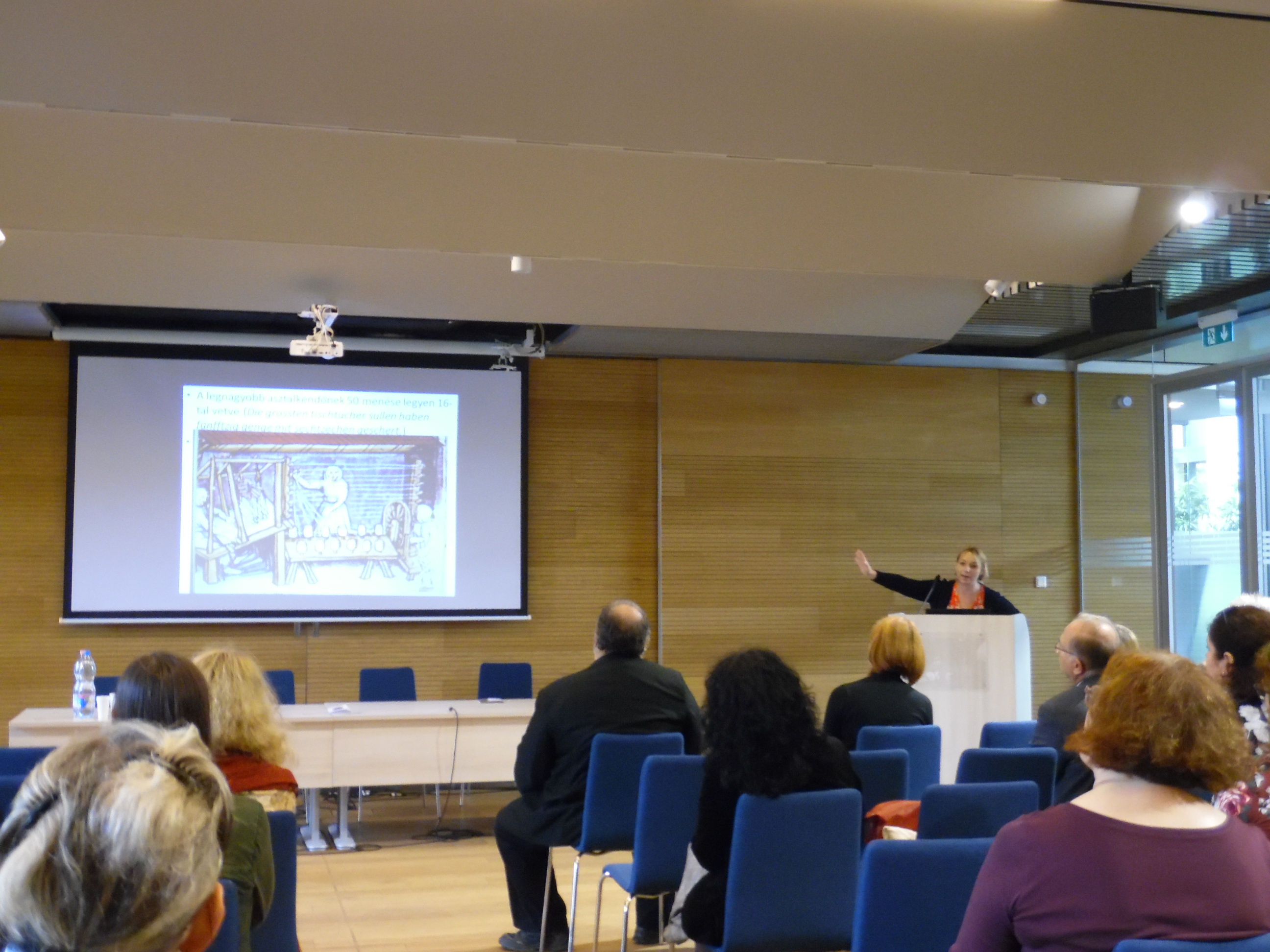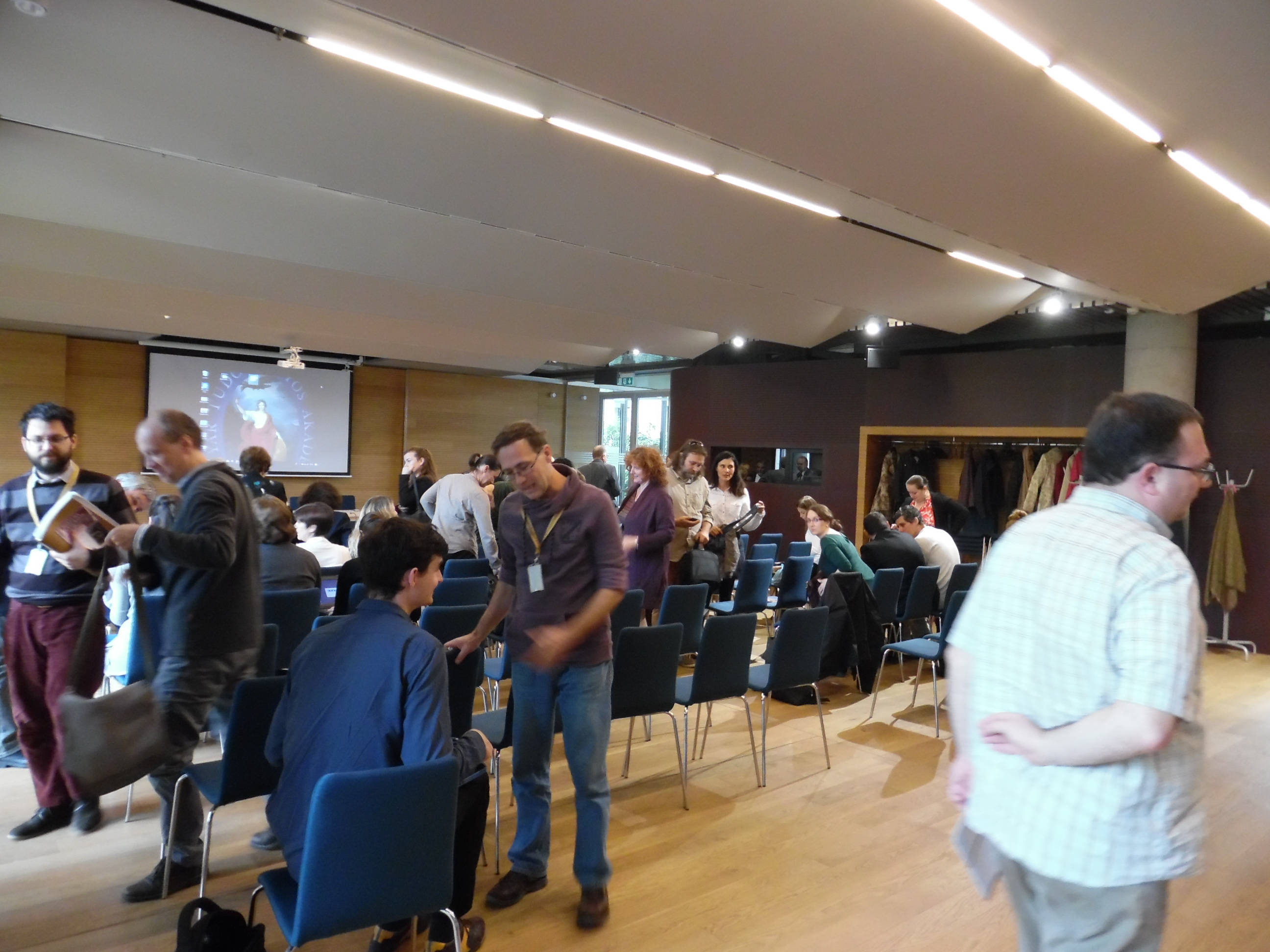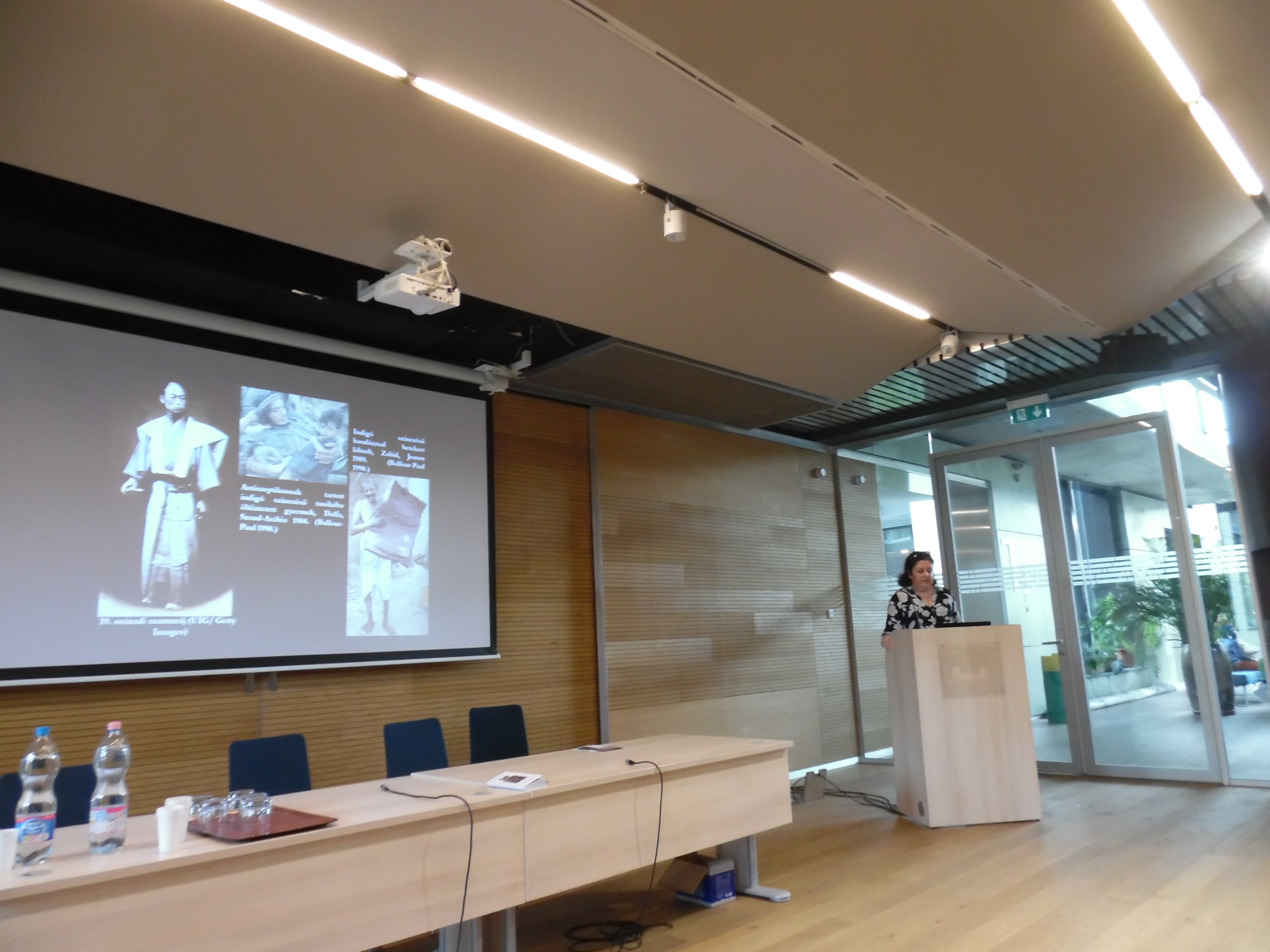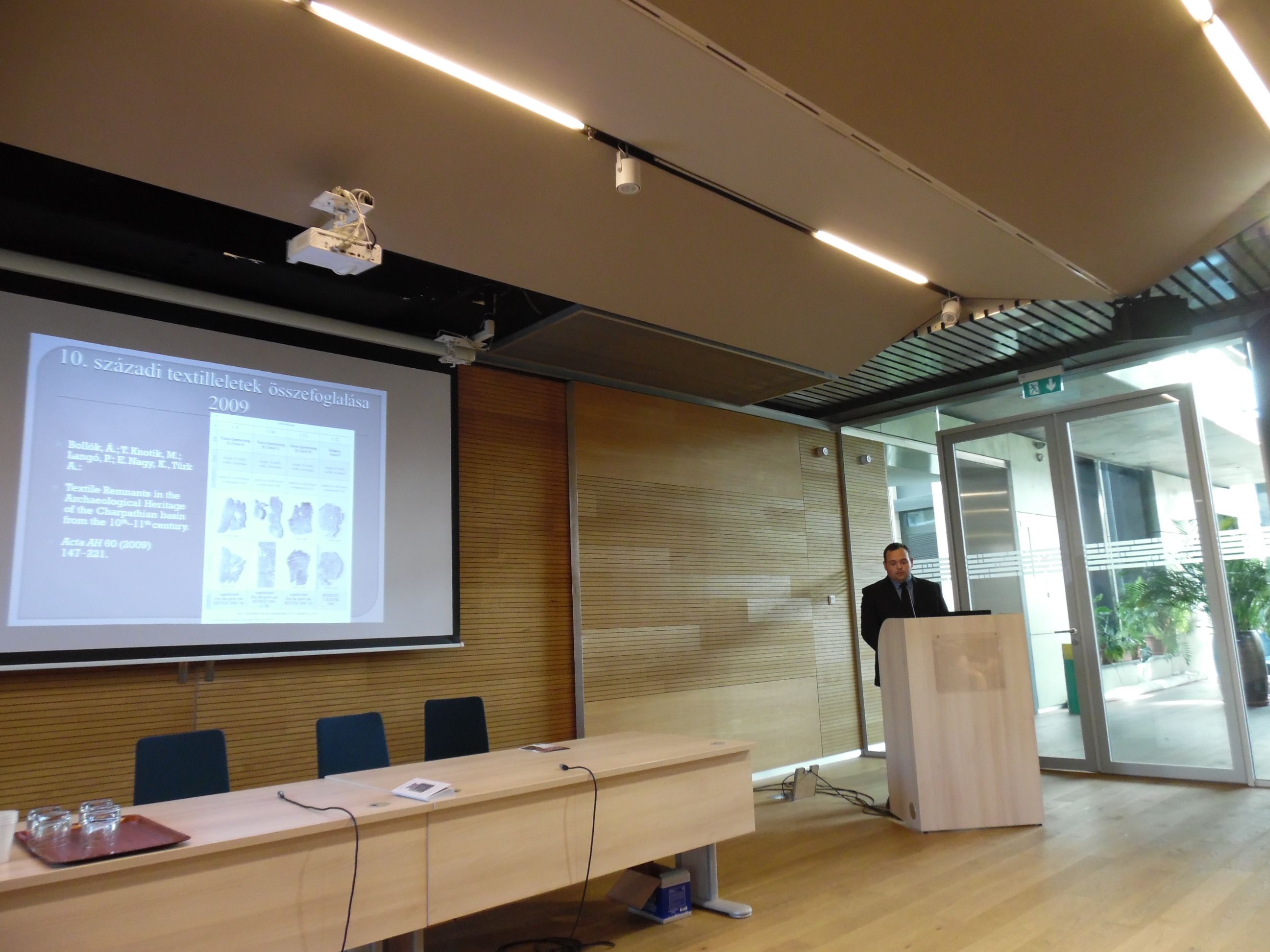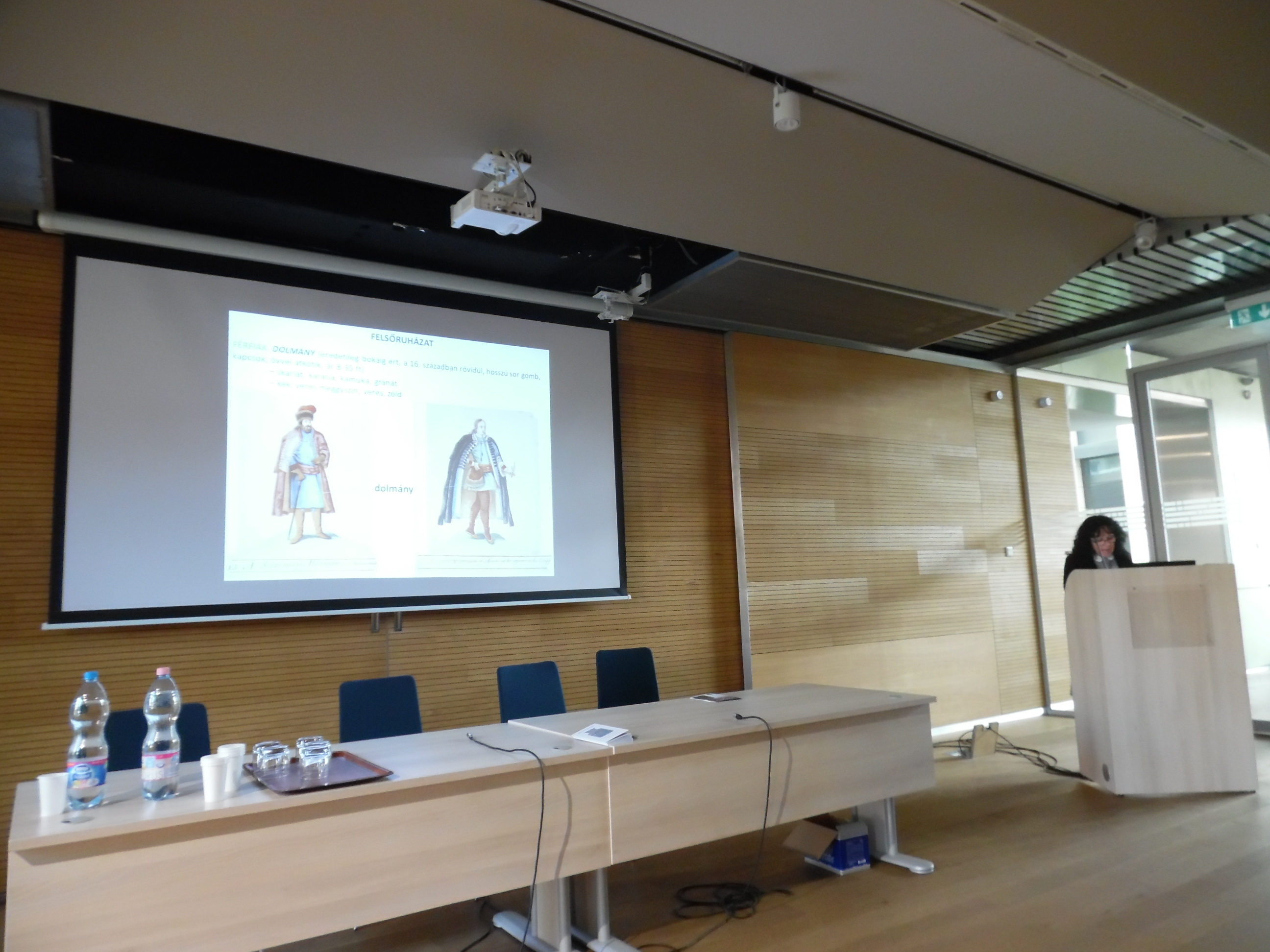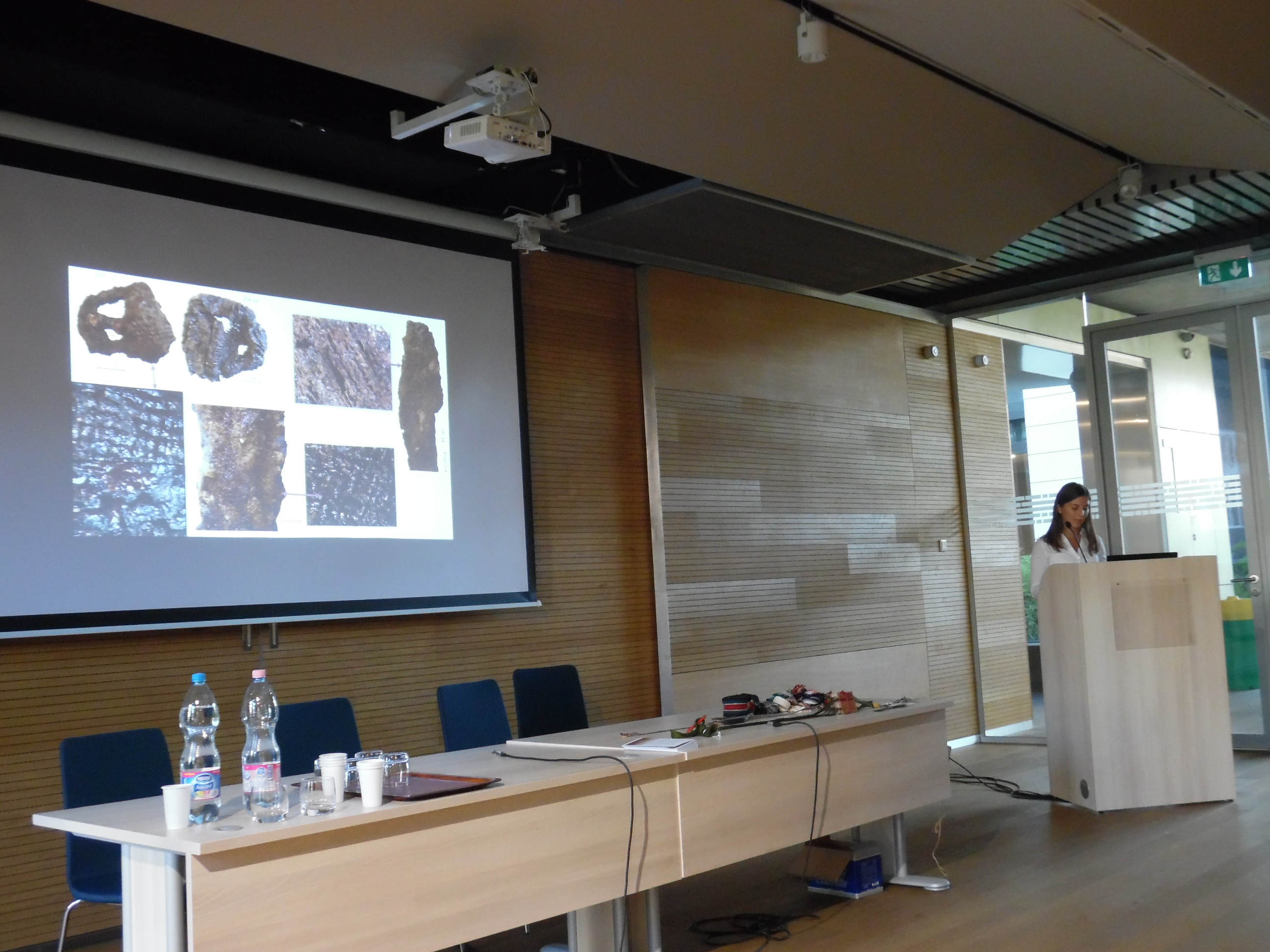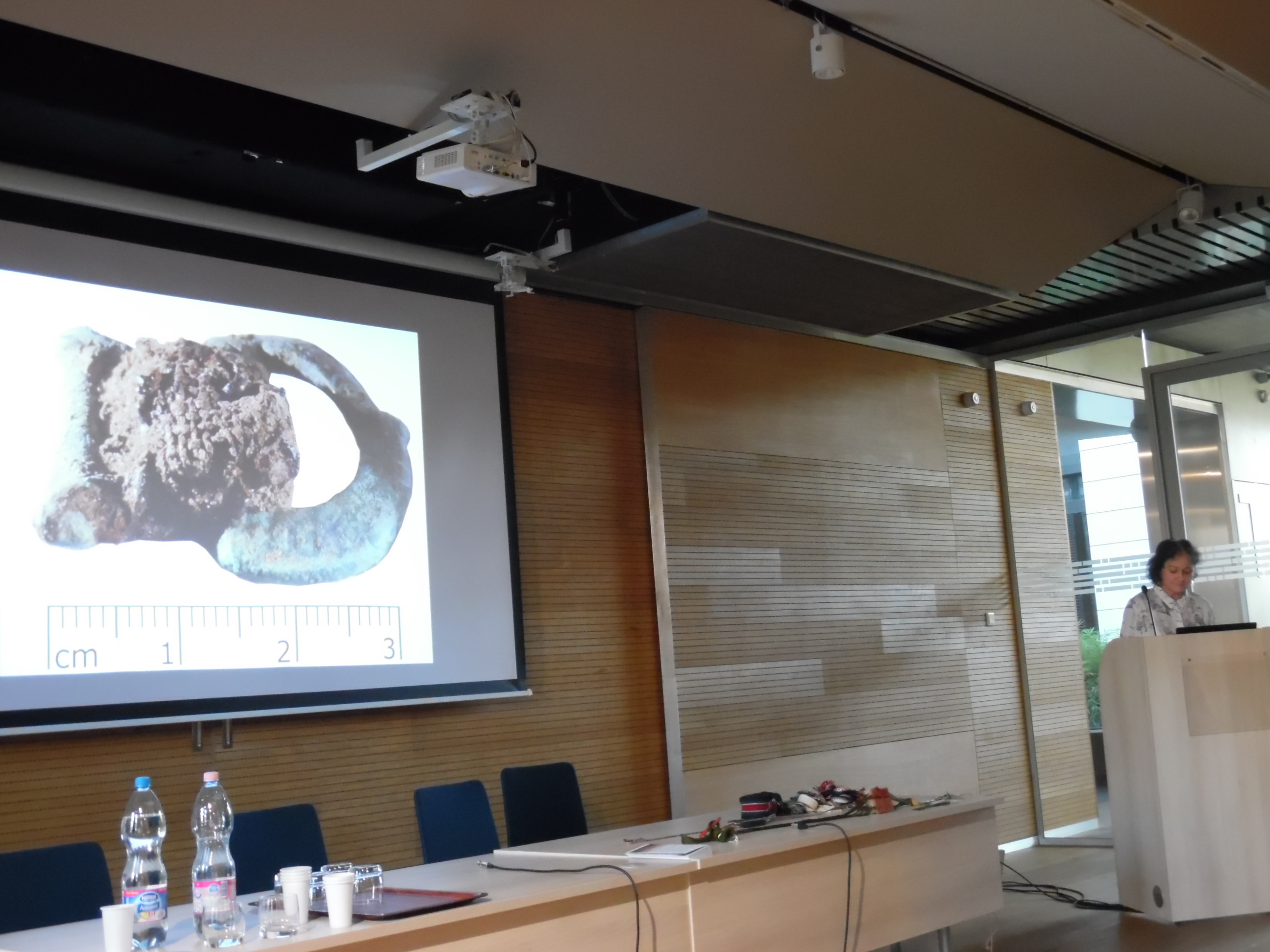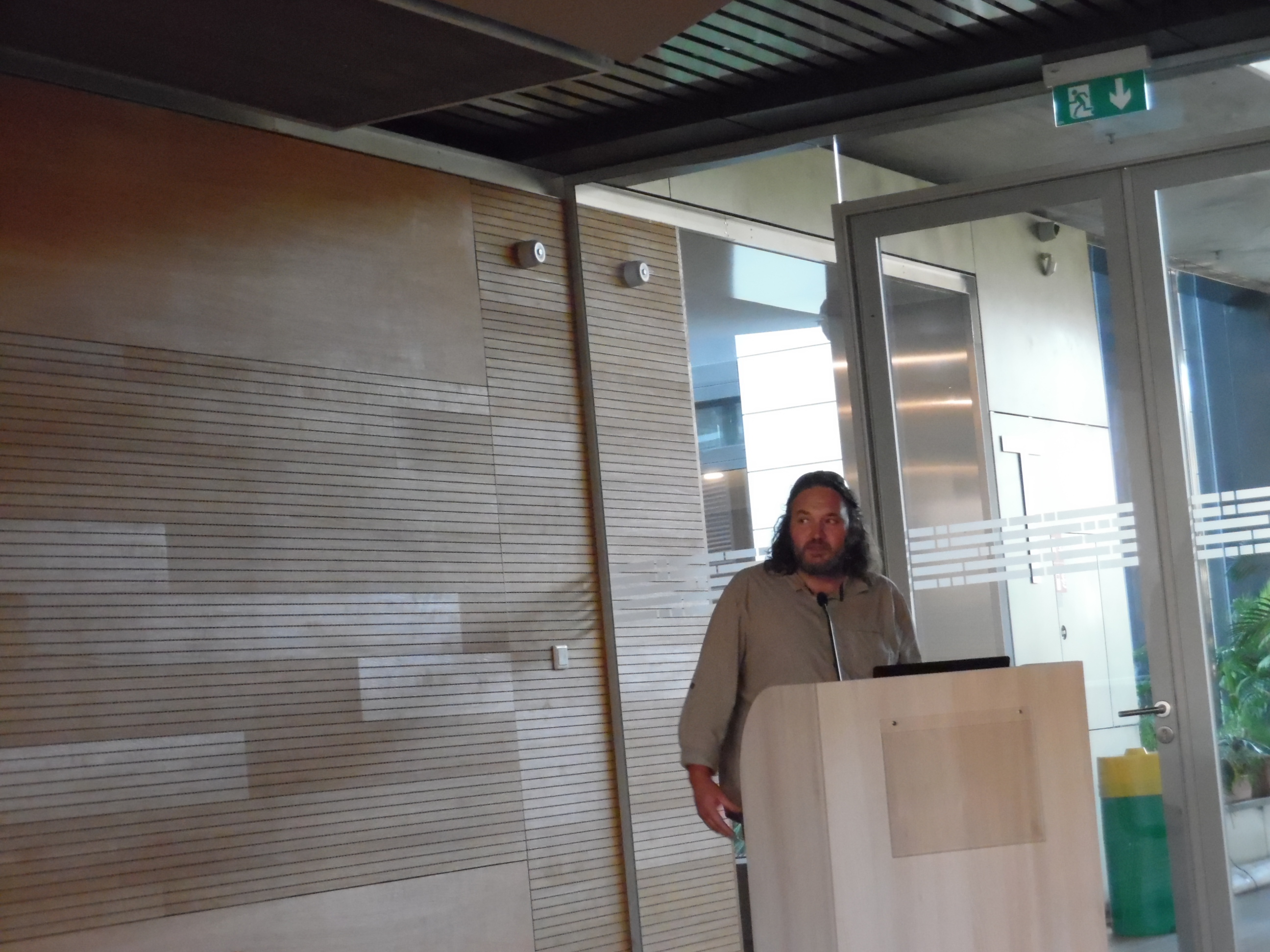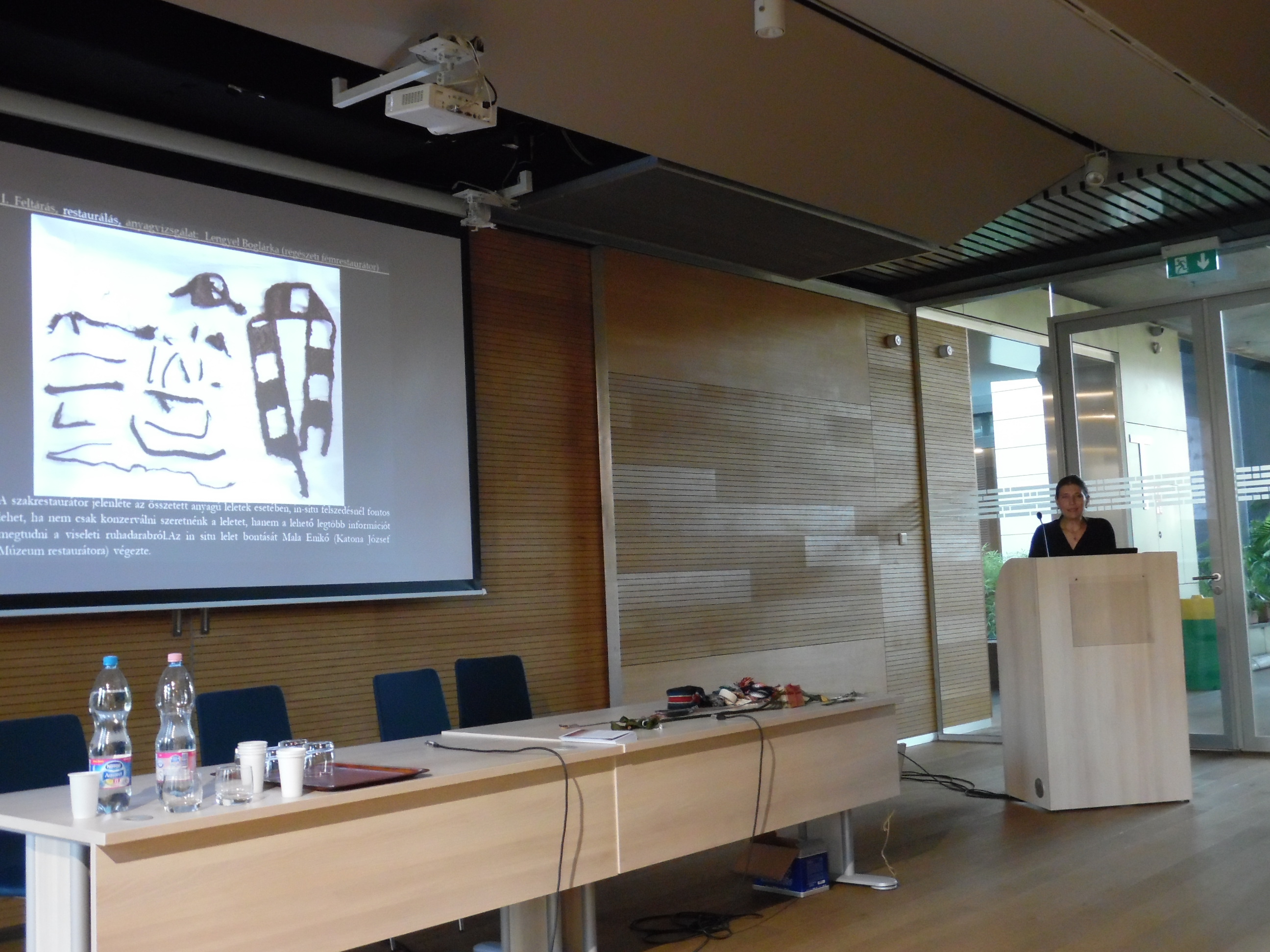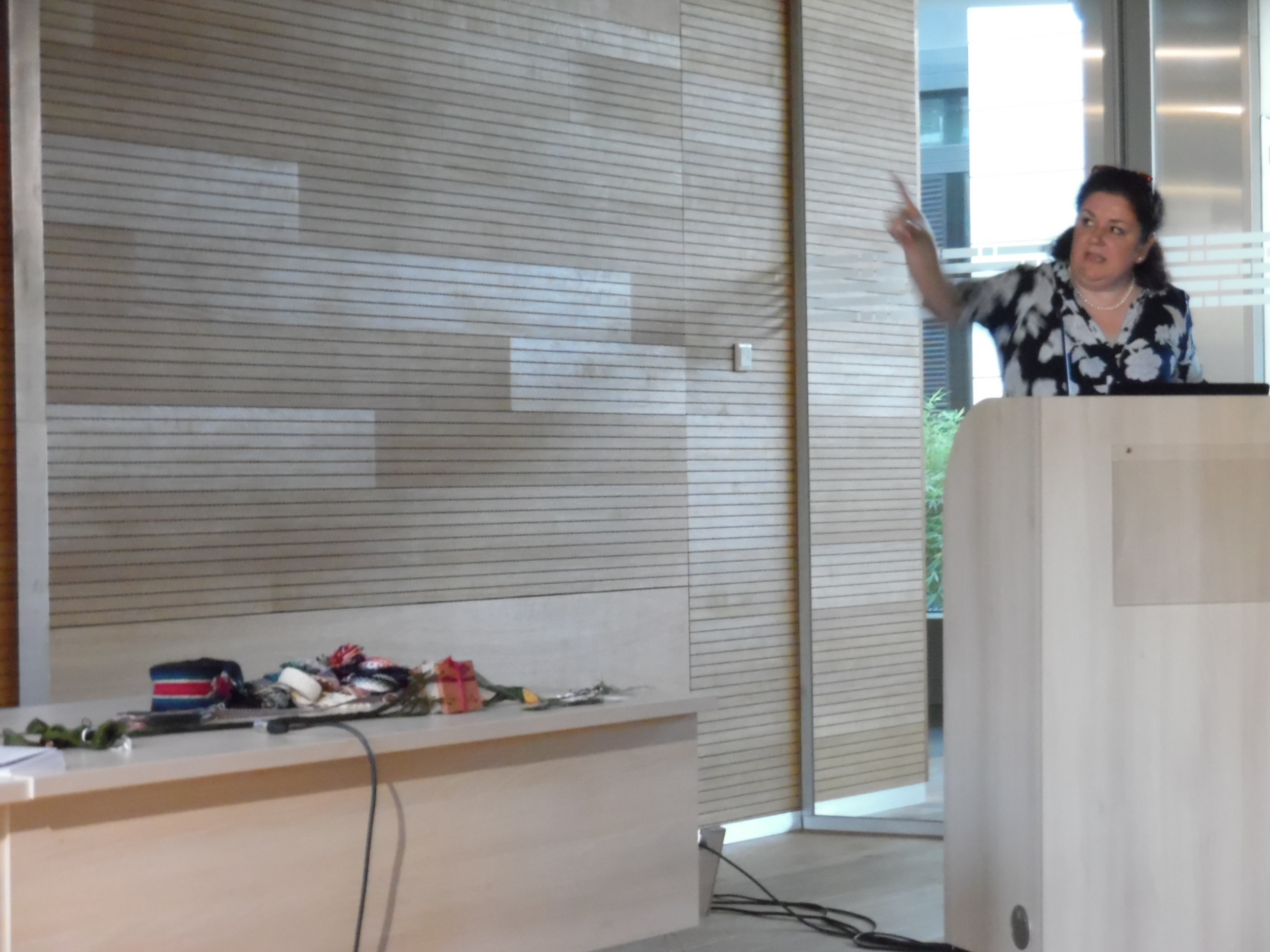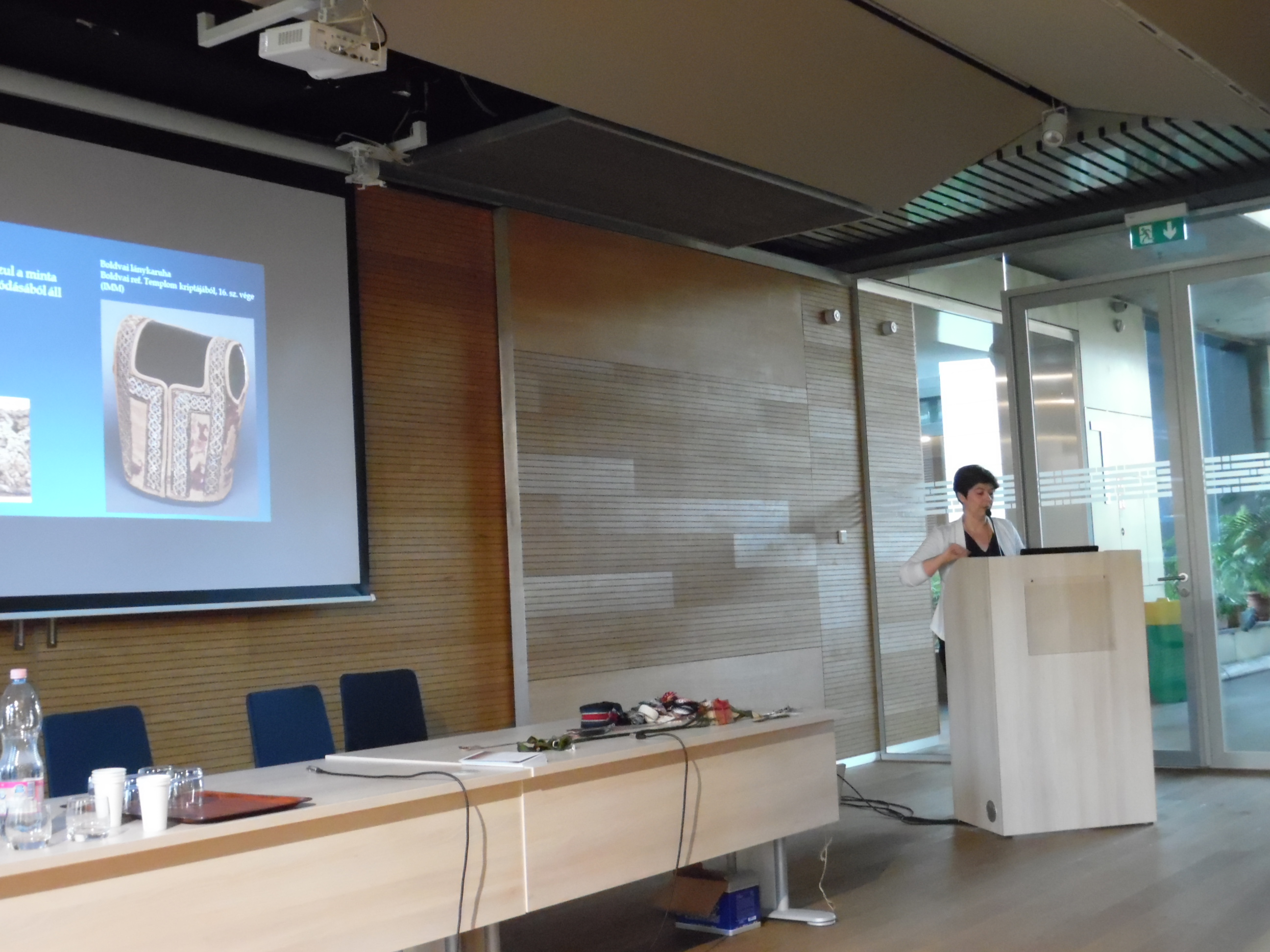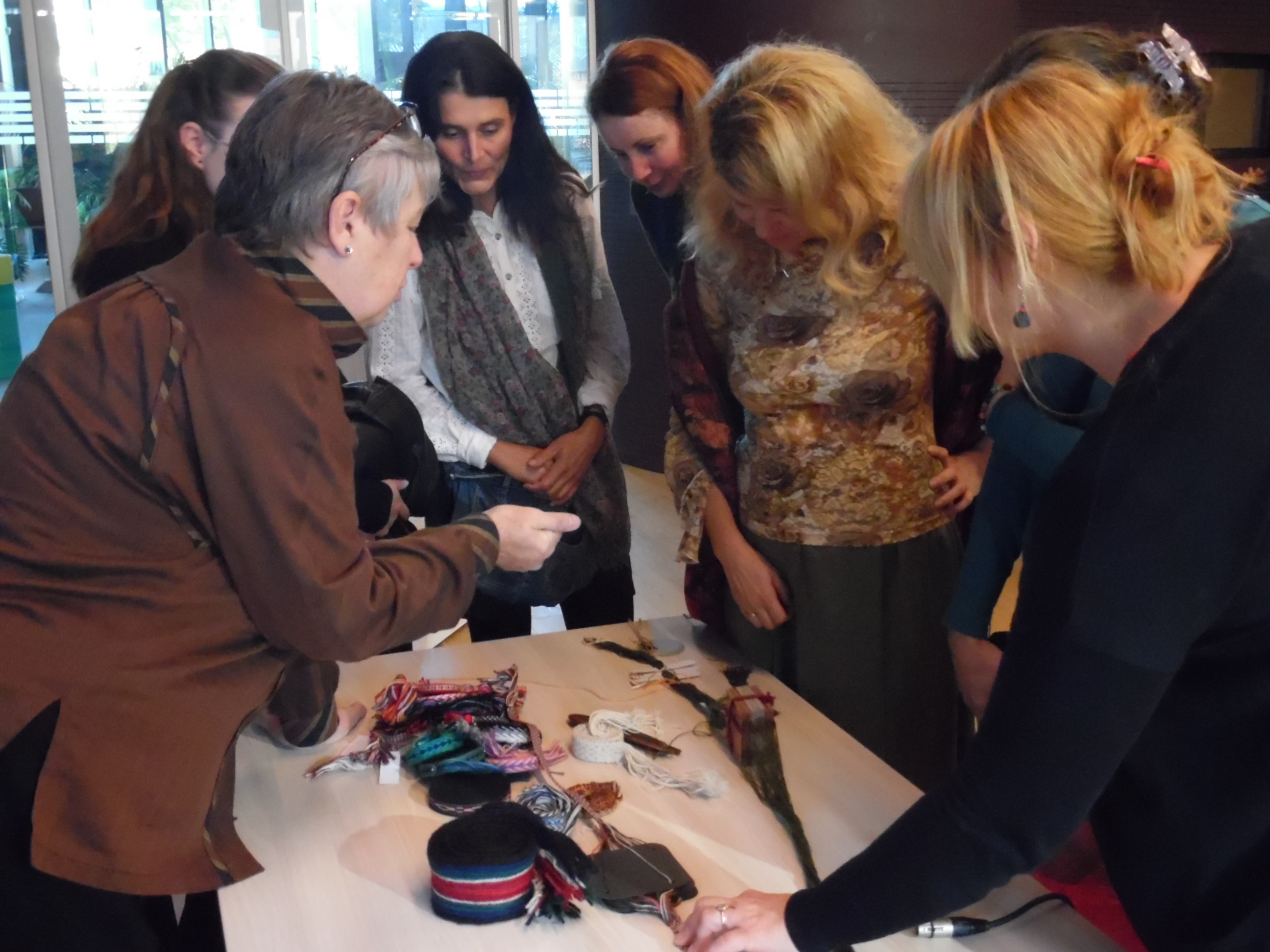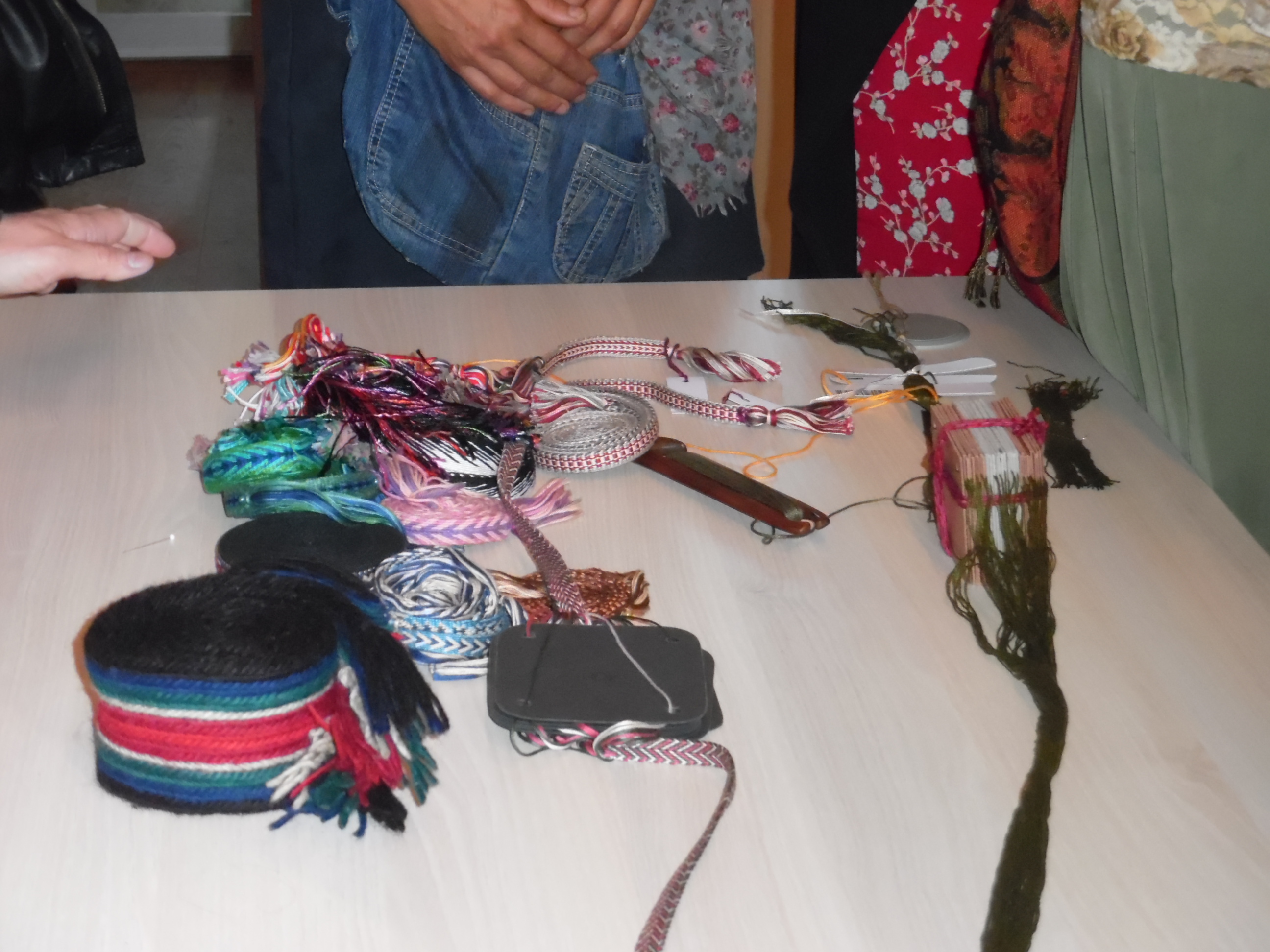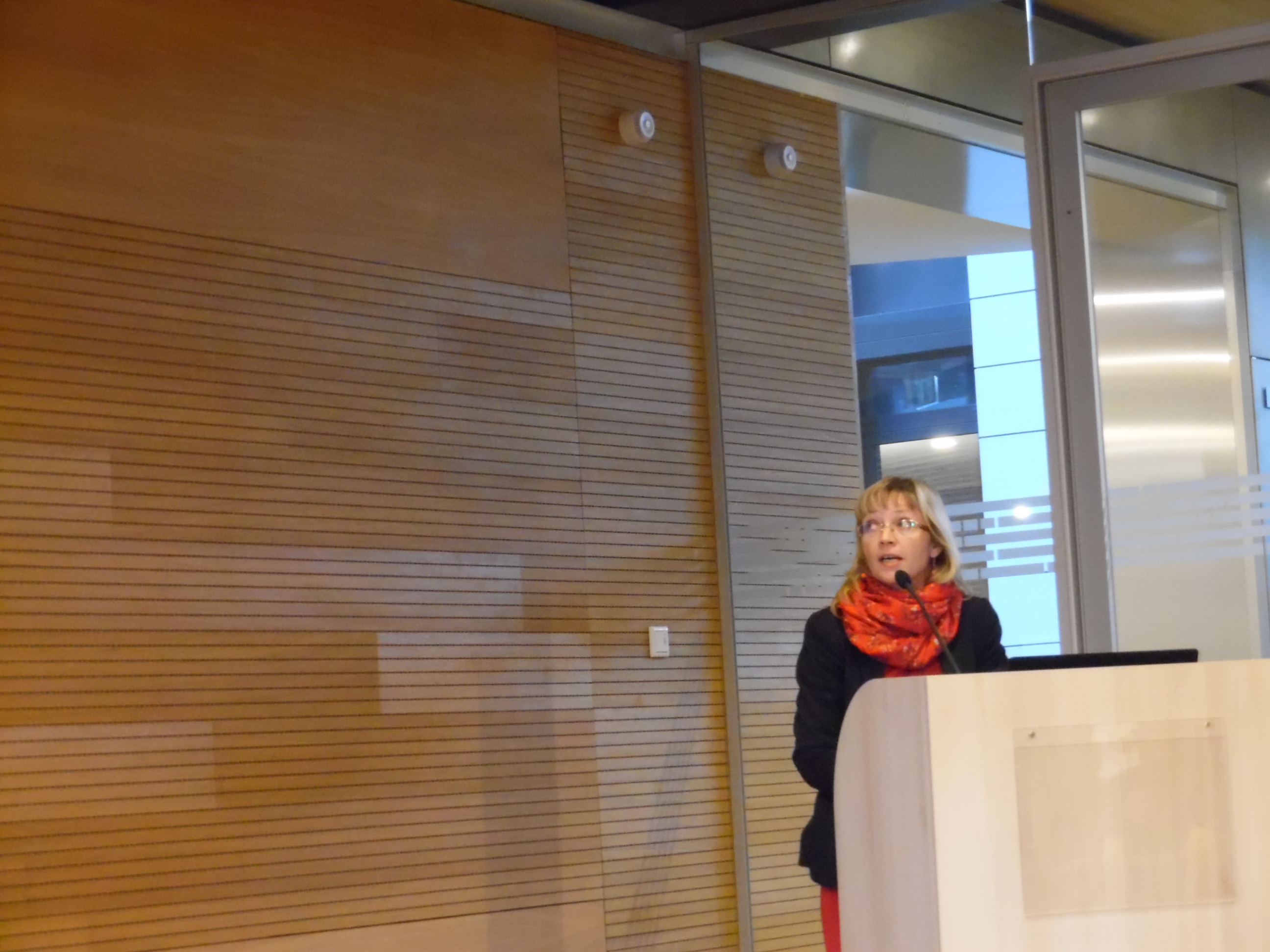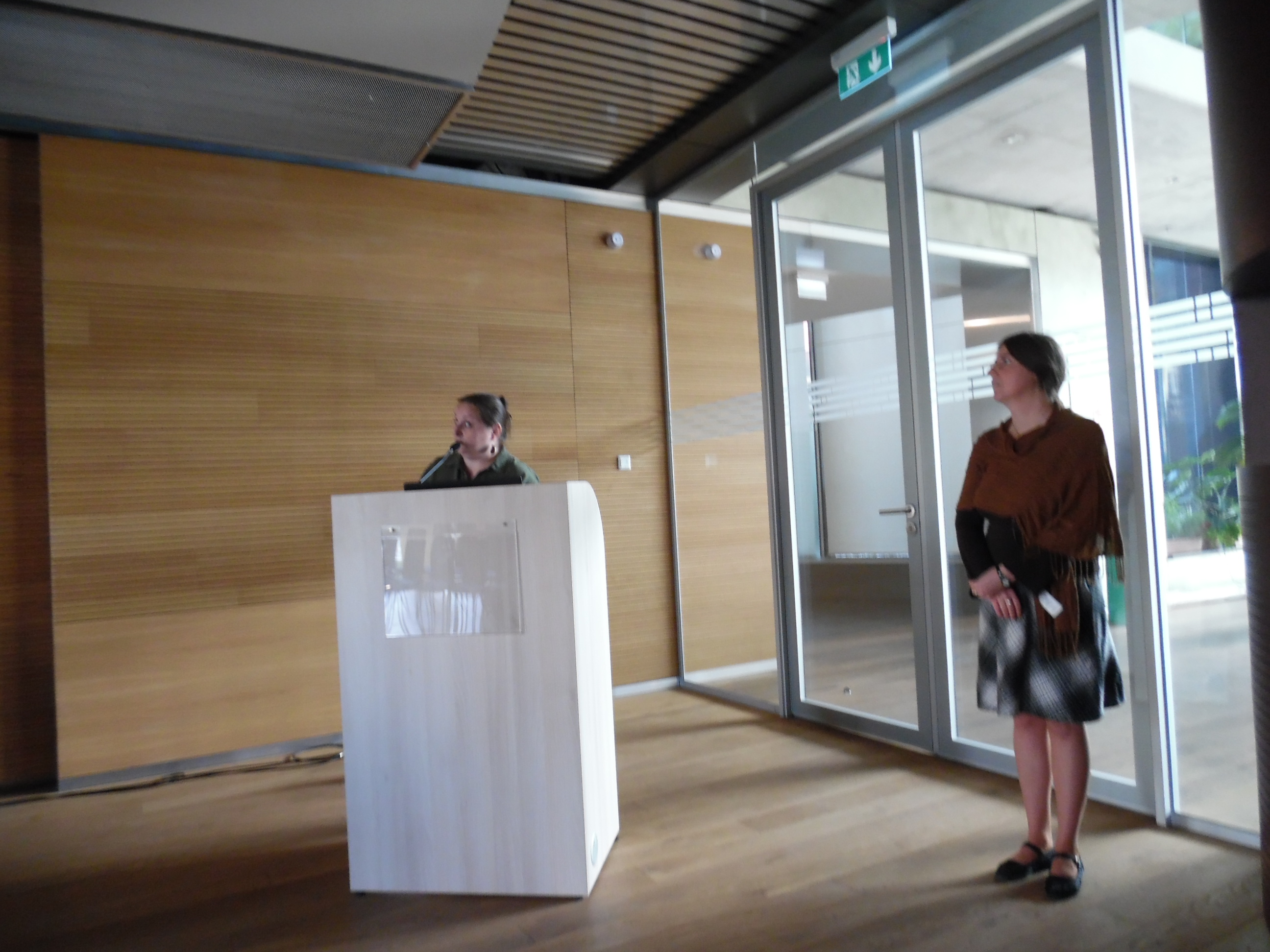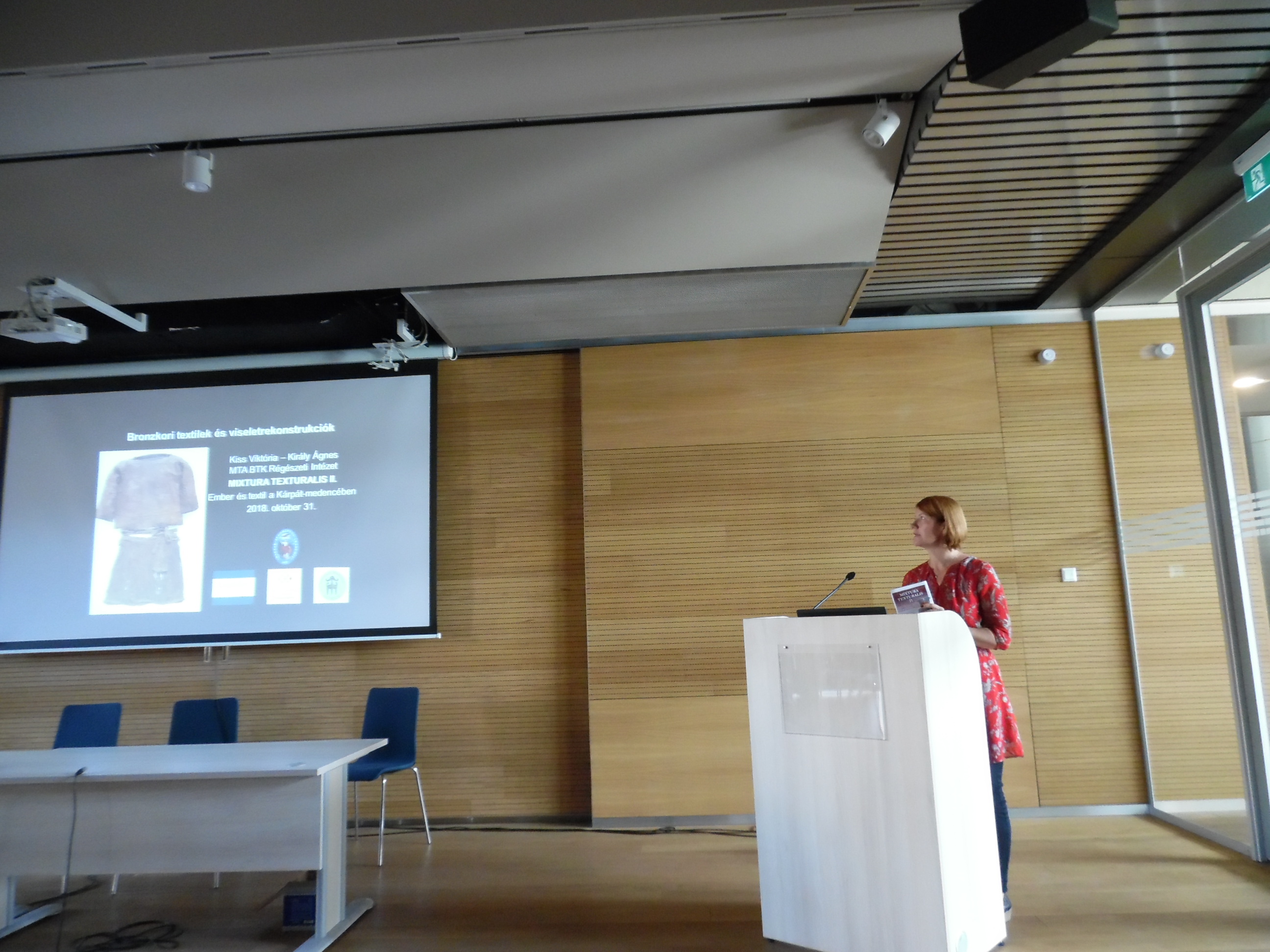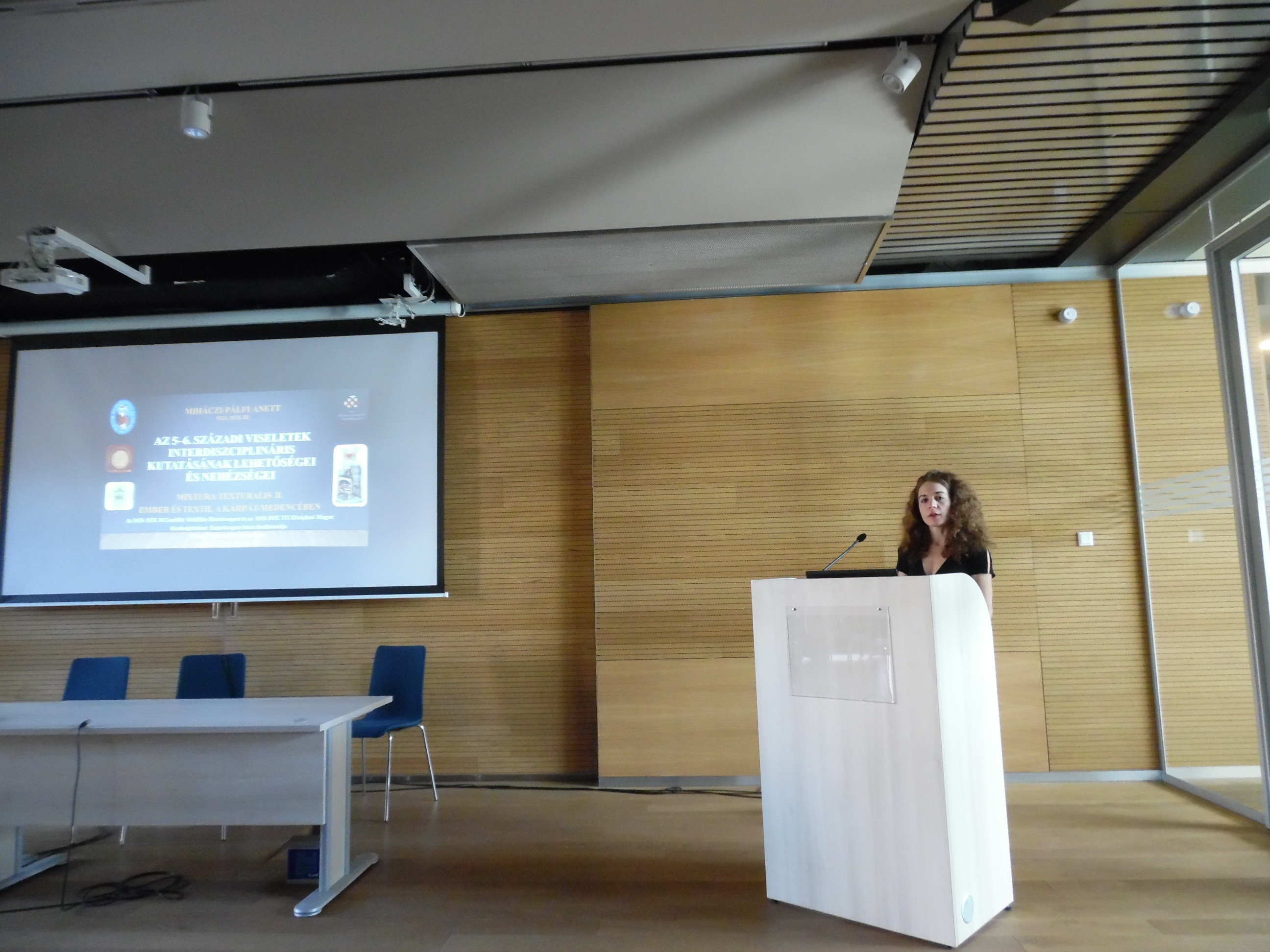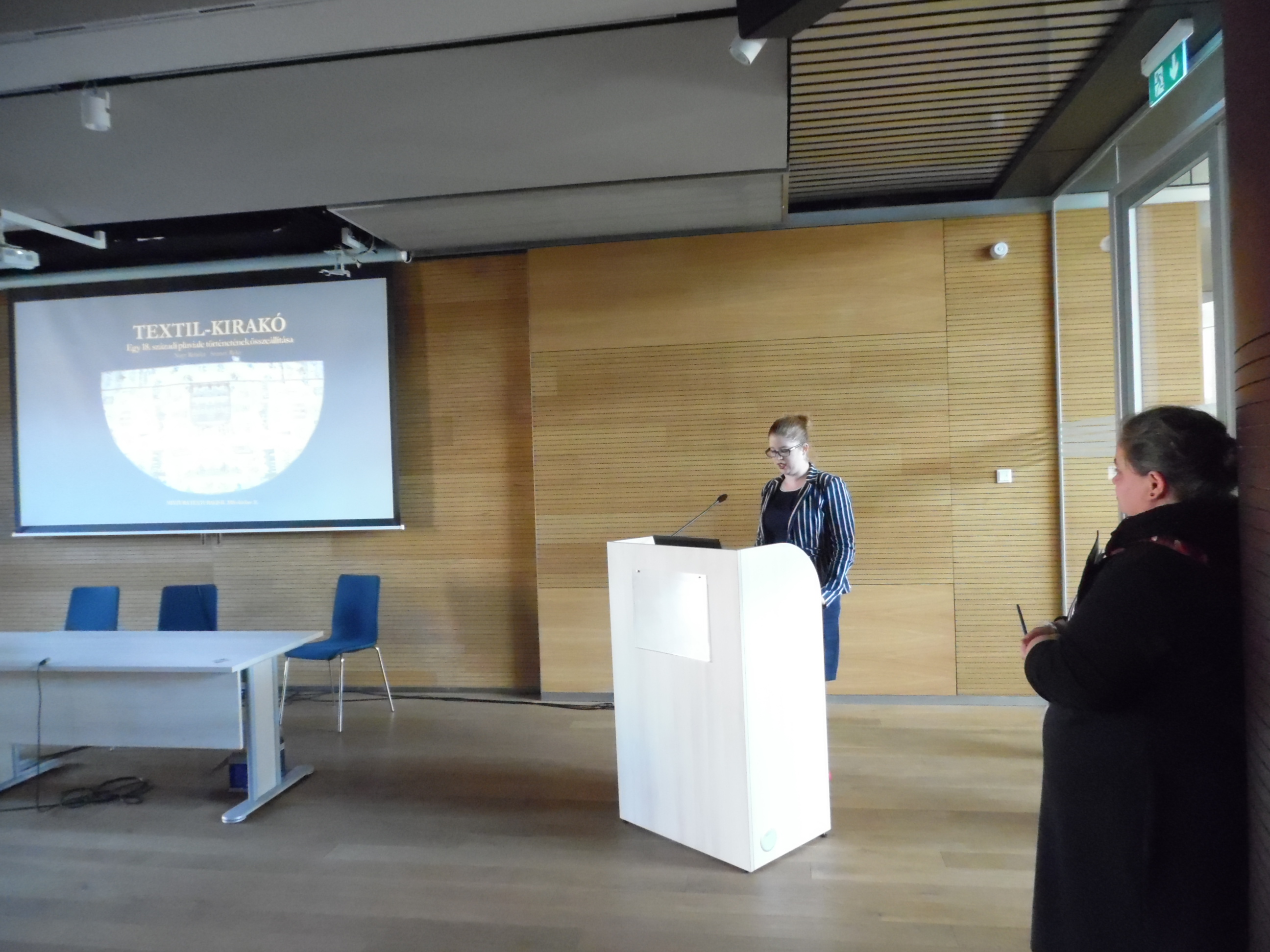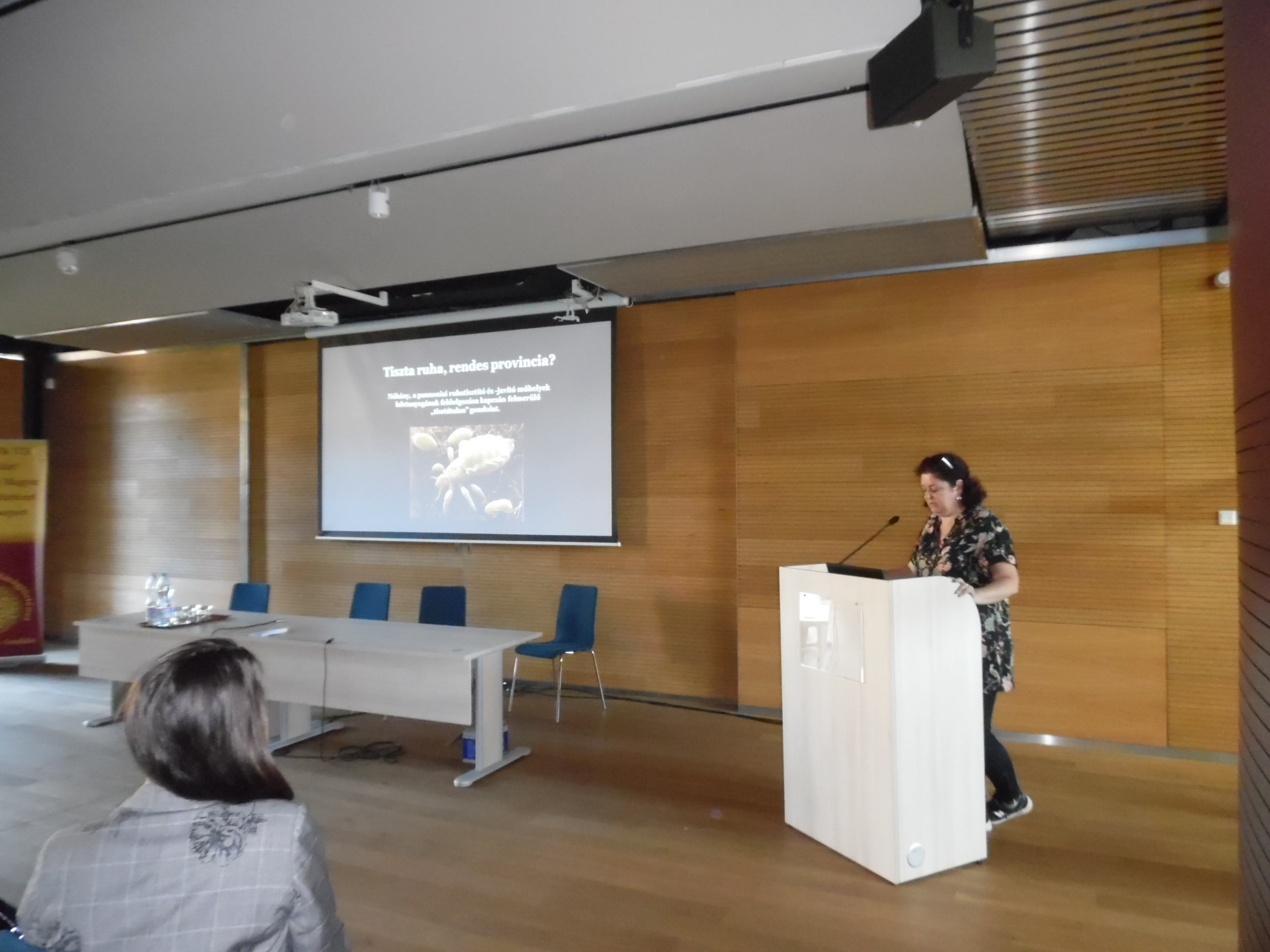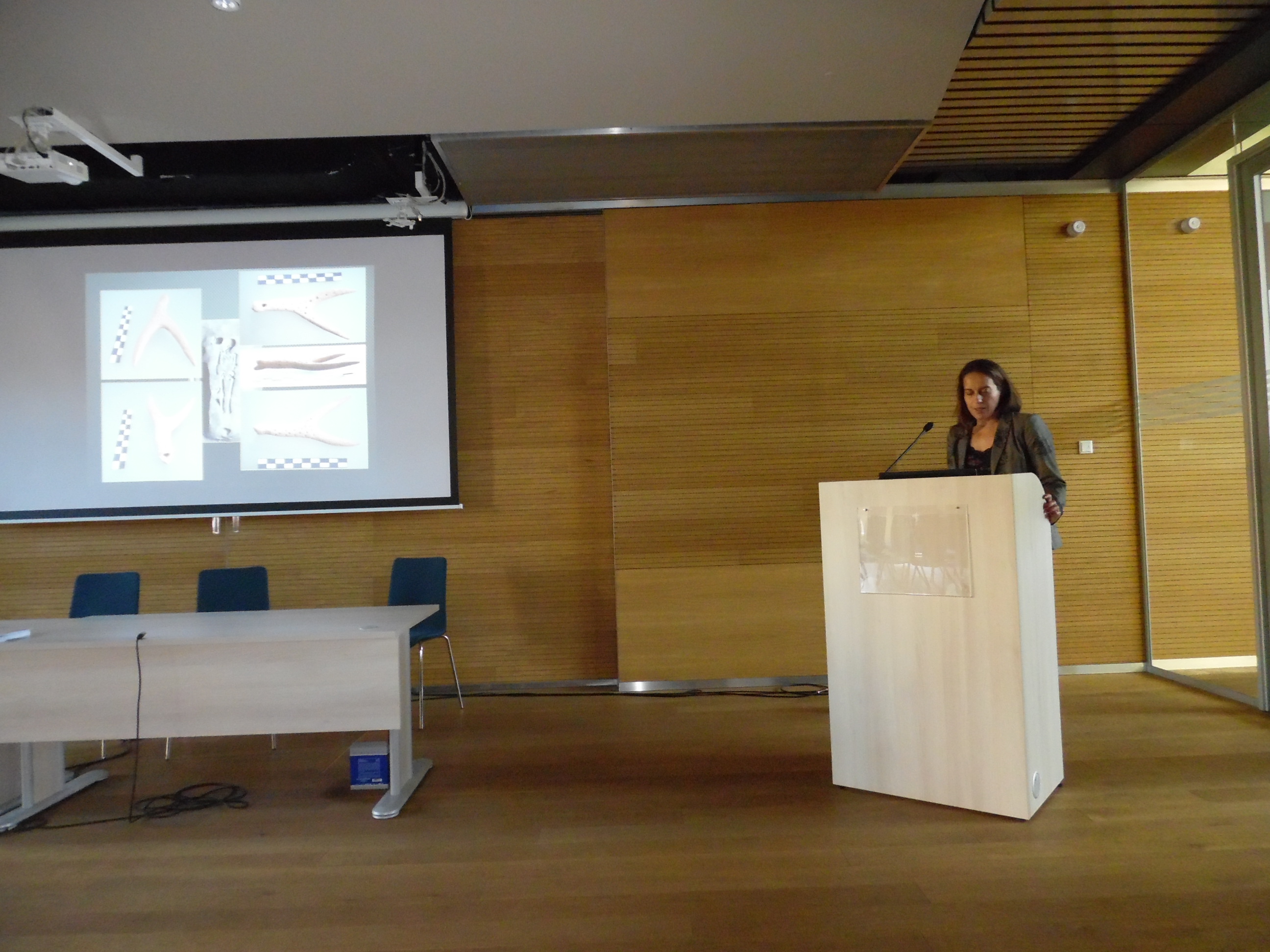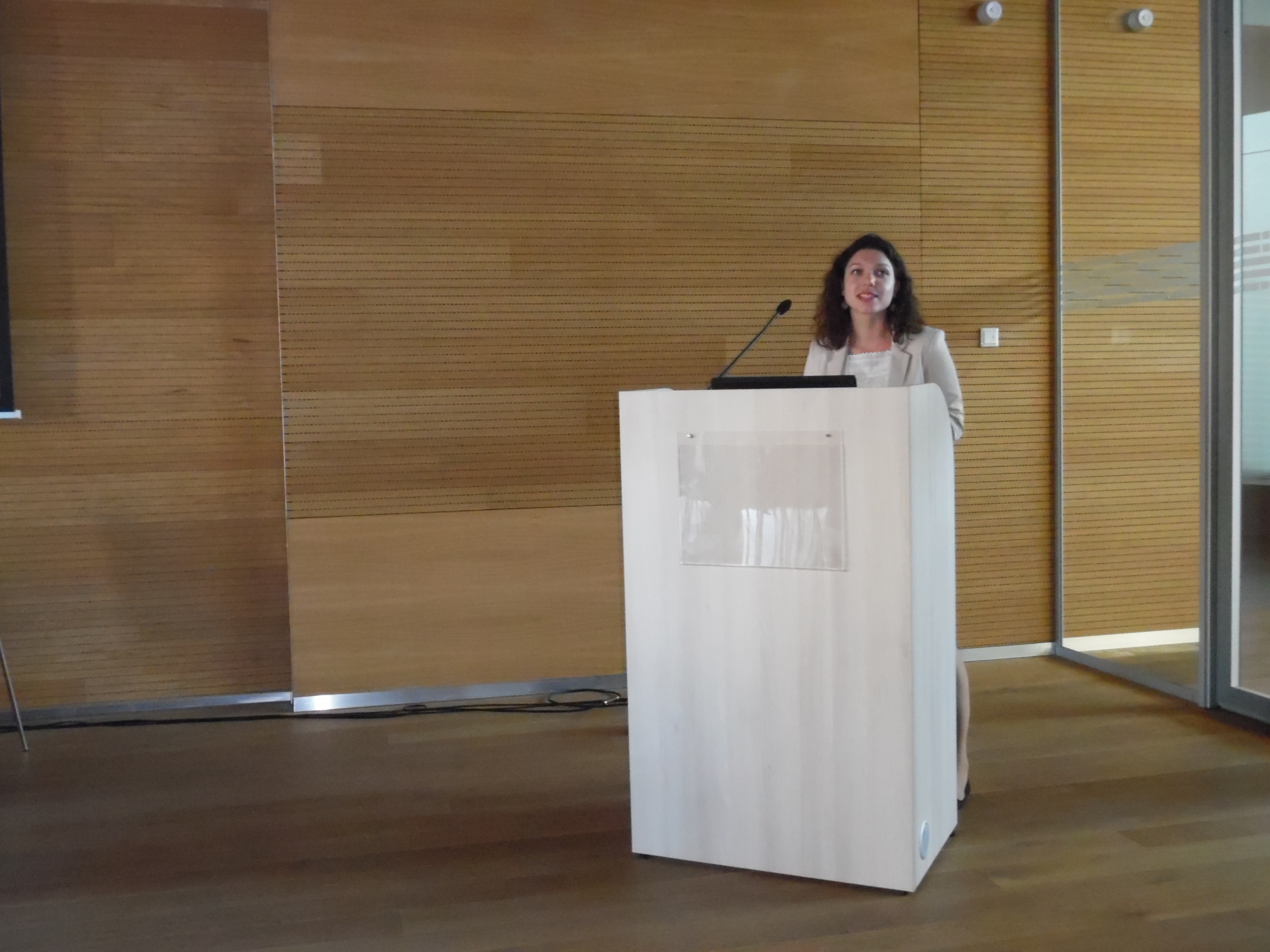“Mixtura Texturalis II. – People and textiles in the Carpathian Basin” – Conference Report

On 30-31 October 2018 a joint conference was organized by the Momentum Mobility Research Group (HAS RCH Institute of Archeology) and the Momentum Medieval Hungarian Economic History Research Group (HAS RCSS Institute of History), titled Mixtura Texturalis II. – People and textiles in the Carpathian Basin. The first similar meeting was held on 27 April 2017, where scientists summarized the current state of research in textile craft (Mixtura Texturalis I.). Now, the second conference focused on the textiles of archaeological and historical ages. Besides presenting major interpretations of the production, use and consumption of textiles by past human societies, the organizers, Viktória Kiss, Judit Pásztókai-Szeőke and Boglárka Weisz aimed at creating an interdisciplinary workshop where active dialogue and cooperation between representatives of various disciplines (e.g. humanity scholars, natural scientists, craftsmen, conservators) can take place. The two-day conference was indeed an excellent opportunity to meet scientists, restorers and historical reenactors.
Ten lectures were presented on the first day of the conference, which provided insight into the colour of Roman textiles, early Medieval (Avarian Age and Hungarian Conquest Period) and Early Modern Period textiles, metallic laces, tablet woven belts and lead cloth seals. The guild rules of Late Medieval textile making and the contemporaneous written sources of textile whitening were also presented. The second day was covered by seven lectures, which again studied various excavated artefacts related to Bronze Age, Roman, Early and Late Medieval textile arts. In addition, we heard about the early-modern judgement of textile production and cleaning of textiles. An exciting lecture was dedicated to the Hagyomány és múltidéző (Tradition and pastime) database, which aims to summarize the elements of material culture of the 1st-19th centuries through the collection of scientific articles and authentic reconstructions (as far as possible). Thanks to Katalin Landgraf, we could get acquainted with the technical catches of tablet weaving during the meeting. The organizers intend to convene similar meetings regularly, in every two years, in order to promote a detailed research and cognition of traces in textile craft. Researchers from Central and South-Eastern European textile archaeology will also be invited to future meetings.
View the lecture abstracts here.
